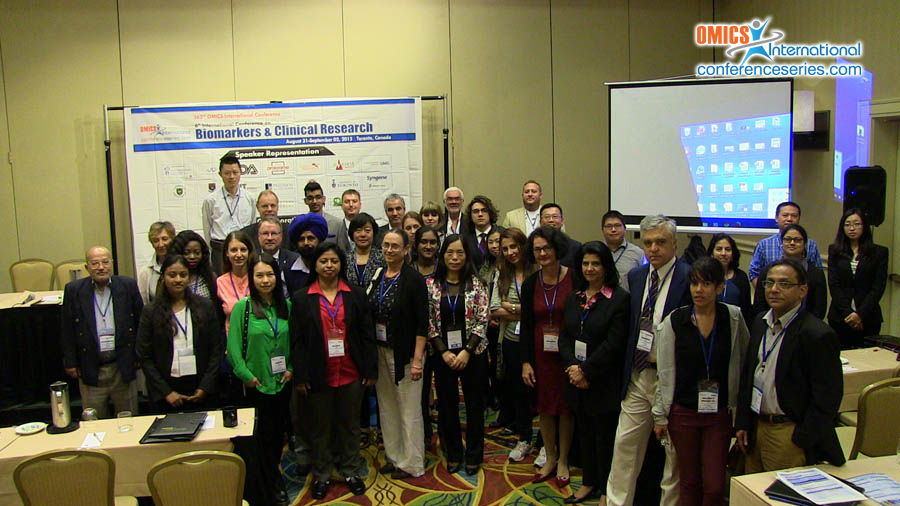
Maria Paola Costi
Università degli Studi di Modena e Reggio Emilia, Italia
Title: Differential mass-spectrometry proteomic and bioinformatic analysis of Leishmania donovani treated with miltefosine and analogs.
Biography
Biography: Maria Paola Costi
Abstract
The group of infections known as neglected tropical diseases (NTDs) collectively affects one billion people worldwide and represents an enormous burden in terms of human suffering, treatment costs and loss of income. Leishmaniasis is an infection caused by obligate intracellular protozoan Leishmania parasites, which are transmitted by the bite of certain sandfly species. Multitude of Leishmania species cause disease in humans resulting in three clinical manifestations. Visceral leishmaniasis is the most severe form of leishmaniasis and it is caused by Leishmania donovani and L. infantum. Before 2002, the available agents against visceral leishmaniasis were: pentavalent antimony (SbV) compounds, liposomal amphotericin B, paromomycin, and pentamidine. All these drugs must be administered parenterally and have severe side-effects. In 2002, miltefosine, was registered as the first oral agent that does not require hospitalization and up to date is still the only oral treatment for all forms of leishmaniasis. Miltefosine belongs to the class of alkylphosphocholine drugs, which are phosphocholine esters of aliphatic long-chain alcohols. These alkylphosphocholine compounds are structurally related to the group of alkyl-lysophospholipids, which are synthetic analogues of lysophosphatidylcholines or lysolecithins, but lack their glycerol backbone. Miltefosine has demonstrated activity against Leishmania parasites and neoplastic cells. Its biological activity is exerted through (i) induction of apoptosis and (ii) disturbance of lipid-dependent cell signaling pathways; however its mechanism of action and biological target(s) are still unclear (1). The main safety concerns for miltefosine relate to its effect on the mucosa of the gastrointestinal tract and its potential teratogenicity. For these reasons many miltefosine analogues/derivatives are under study/development, to increase activity and reduce toxicity. In this work, the effects of miltefosine and a number of new miltefosine-analogues on the proteomes of L. donovani promastigote parasites have been studied. The aim is to determine molecular events triggered directly or indirectly by the agents, in order to get a better insight on the mechanism of action of this compound class and, at the same time, to identify a protein signature that may characterize their activity. The method is based on differential mass spectrometry (MS) technique of the drug treated parasite samples versus untreated controls. Preliminary studies suggest that among the different proteins affected are ribosomal proteins, heat shock proteins and translation machinery components.



